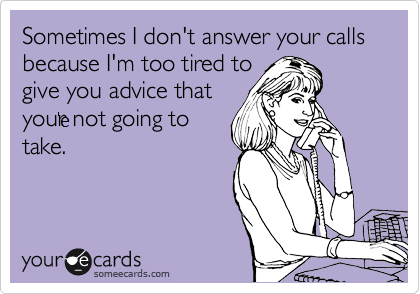 Go Hawks, everyone. Last week, I wrote about Trickle-Down Community Engagement (TDCE), a frustrating phenomenon that each year causes many of us EDs of grassroot organizations to daydream about abandoning civilization to live with adorable woodland critters, foraging for grubs and berries, which would actually feel very much like nonprofit fundraising, but at least would be cuter and more whimsical. (Note to self: Stop writing blog after watching Disney movies with toddler). Today, I want to touch base on a related topic: Askhole Community Engagement (ACE). TDCE and ACE are connected, like two peas in a dysfunctional pod.
Go Hawks, everyone. Last week, I wrote about Trickle-Down Community Engagement (TDCE), a frustrating phenomenon that each year causes many of us EDs of grassroot organizations to daydream about abandoning civilization to live with adorable woodland critters, foraging for grubs and berries, which would actually feel very much like nonprofit fundraising, but at least would be cuter and more whimsical. (Note to self: Stop writing blog after watching Disney movies with toddler). Today, I want to touch base on a related topic: Askhole Community Engagement (ACE). TDCE and ACE are connected, like two peas in a dysfunctional pod.
So what’s an askhole? Here are some Urban Dictionary definitions. Basically, you know that one friend who keeps coming crying to you about something, asks you for advice, and so you hit pause on Netflix, listen to them attentively, empathize, and give them reasonable suggestions, and then later you find out that they completely ignored you or did the opposite of what you recommended? That’s an askhole. Or someone who keeps asking for advice until they get an answer they agree with. That’s also an askhole.
Continue reading “Are you or your nonprofit or foundation being an askhole?”




